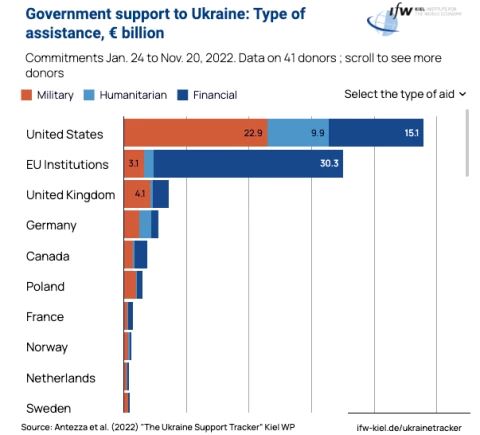Give Ukraine what it needs and give it now!
Volt urges European leaders to send Leopard 2 Main Battle Tanks to Ukraine as soon as possible!

Volt urges European leaders to send Leopard 2 Main Battle Tanks to Ukraine as soon as possible!
Modern tanks like the Leopard 2 will help Ukraine:
Defend against Russia’s coming offensive
Liberate occupied territories and restore territorial integrity
Defeat the Russian army and thereby defend Europe from its most dangerous neighbour
After today’s Ramstein Conference, Germany’s new Minister of Defence Boris Pistorius still refused to concede to his allies’ requests to unblock the delivery of German Leopard 2 tanks to Ukraine. Other European nations, like Poland and Finland, already made up their minds and called upon Germany’s government to let them export the tanks to the Armed Forces of Ukraine.
Ukraine has heroically resisted Russia’s illegal invasion and is standing strong in the face of terrorist attacks on civilian lives and infrastructure. It liberated vast amounts of territory occupied by Russia, each time unearthing new proof of the Russian army’s sheer disregard for human life.
Now, the war is in a stalemate. Hundreds of Ukrainian soldiers lay down their lives to defend their people from increased Russian attacks. Reports speak of a looming Russian Spring Offensive, after which losses will have to be reinforced for a Ukrainian counterattack in Summer.
This is why heavy Western armour is necessary: Ukraine must first defend itself from renewed Russian pressure, and then has a chance to strike a decisive blow against Russia’s military capacity for the foreseeable future.
The UK already pledged Challenger 2 tanks. An expanded, coordinated delivery of modern tanks will show European unity and strength — the only thing that will deter Putin. We call on European leaders to come together on this issue!
What the Ramstein conference also laid bare are more structural issues we raised earlier, namely that the EU member state national approach to arms i) procurement and ii) distribution is far too clunky.
Besides the operational challenges of having many types of arms, distribution is slow due to the lack of a common decision-making body for third-party attacks. Also, this situation maintains the current system of Europe outsourcing its security to the United States.
Below we discuss the two issues, and how the European Union should find a structural solution.
Procurement: Western nations still individually procure arms, which leads to them using a wide range of weapons systems. This leads to challenges in training (can be months per system), repair and interoperability of systems. What this means is that it would be beneficial, essential even, to move this to the EU level and to coordinate together the types of weapons bought and used. Weapons deliveries can then be strategically planned ahead, and interoperability would be ensured. In a war of attrition, overcomplicated logistics can cost battles - in the worst case even the war.

Distribution: Eu countries are excessively hesitant to provide arms, and far lag the United States in what is first and foremost a European conflict. As a case in point, the tank in most widespread European use is Germany’s excellent Leopard 2 tank. Some 3,600 were built, and many western nations each have dozens to hundreds in their arsenal. However, Germany must approve the delivery of any Leopard to a third country like Ukraine. Holding itself hostage by its own military past, Germany is unwilling to be the first to commit. Countries like Poland are getting impatient, say they’ll disregard approval if it doesn’t come fast. While both EU Parliament and the EU Council head Charles Michel are pushing Germany to give the green light for deliveries, it does not hold decision-making authority.
This is what needs to happen now:
➡️ An EU common procurement and distribution of arms. Time and time again, it is made clear that security threats are better tackled together. A collaboration of all Member States is more effective and better suited to European geopolitical challenges.
➡️ The immediate release of Europe’s Leopard tanks. Powerful countries like Germany should not be the brake, but the engine of European policy. Excessive hesitation is costing time and lives.